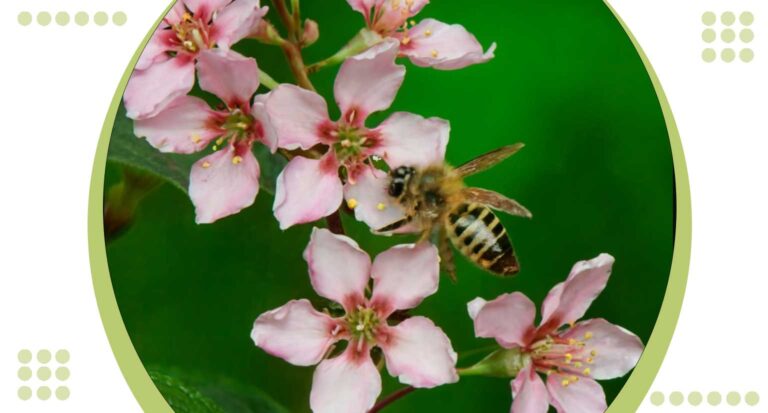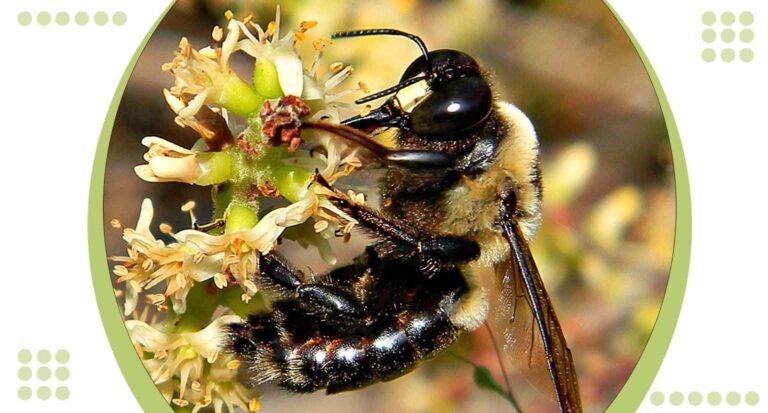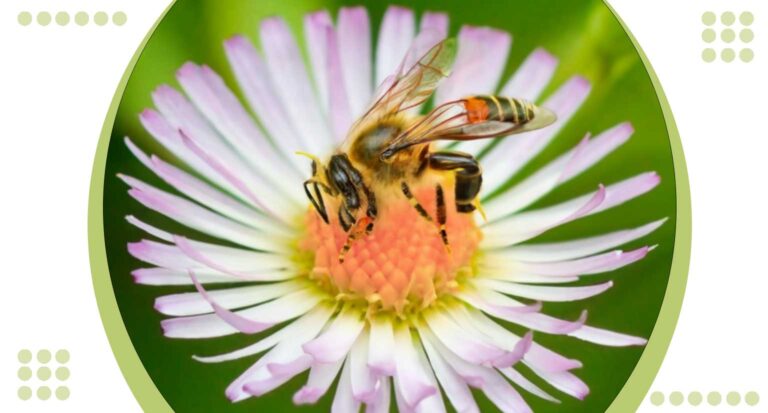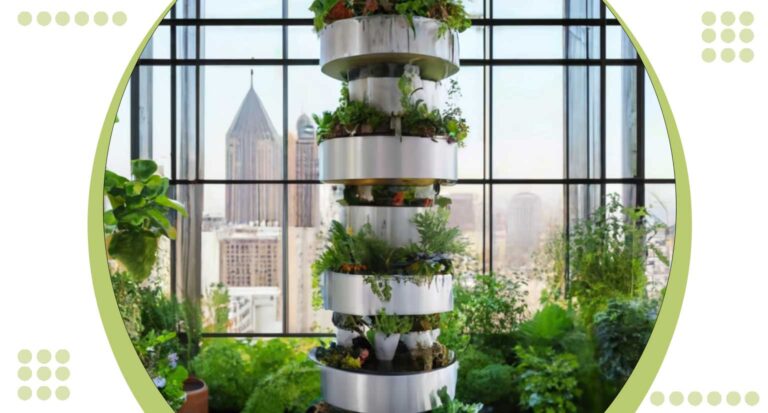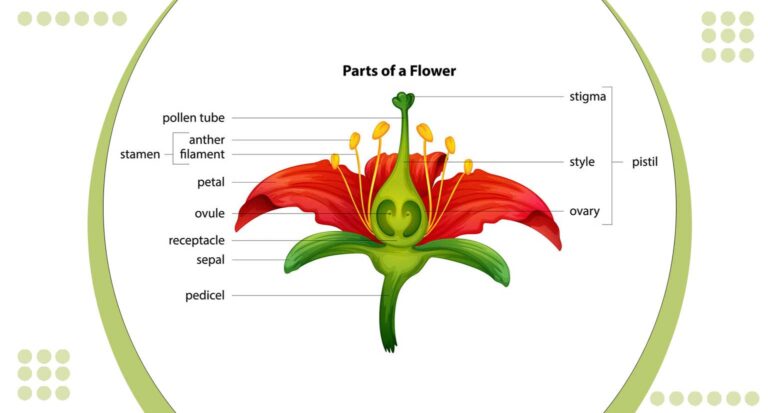How to Build a Pollinator Garden Flourishing in 7 Simple Steps
The world of sustainable gardening, where beauty meets functionality. The art of cultivating a thriving ecosystem right in your backyard with comprehensive on how to build a pollinator garden.
As concerns about the environment grow, contributing to the well being of the planet can start right at home. This step by step guide will empower with the knowledge and skills needed to create a haven for pollinators, ensuring garden blossoms into a vibrant and flourishing space.
What Is a Pollinator Garden? and How to Build a Pollinator Garden
Defining the Essence
A pollinator garden is a purposefully cultivated space designed to attract and support a variety of pollinating insects and animals. These vital creatures, including bees, butterflies, hummingbirds and more, play a crucial role in the pollination of flowering plants, contributing to the reproduction and growth of a diverse range of flora.
The Heart of Biodiversity
At its core, a pollinator garden aims to create a harmonious and mutually beneficial relationship between plants and their pollinators. By selecting specific plants that provide nectar, pollen and habitat.
Gardeners can encourage the presence of these essential pollinating species, fostering biodiversity and ecological balance.
Key Elements of a Pollinator Garden
Central to the success of a pollinator garden is the careful selection of plants that cater to the needs of local pollinators. These include native flowering plants, shrubs and trees known for their nectar rich blooms.
Additionally, features like birdhouses, bee boxes, and water sources can enhance the overall appeal of the garden, providing shelter and sustenance for pollinators.
Environmental Impact and Personal Joy
Beyond its ecological significance, a pollinator garden offers a space of beauty and tranquility. The vibrant colors and fragrances of blooming flowers create an aesthetically pleasing environment, while the constant activity of pollinators adds a dynamic and lively element to the garden.
Types of Pollinators and Their Importance
Honey Bees (Apis mellifera)
These diligent pollinators are essential for agricultural success, responsible for pollinating numerous crops, including fruits, vegetables, and nuts. Honeybees play a critical role in supporting food production, contributing to the diversity and abundance of our diets.
Bumblebees (Bombus spp.)
Bumblebees are efficient pollinators, particularly for crops like tomatoes, peppers and berries. Their unique buzzing technique helps release pollen from flowers, enhancing the fertilization process and increasing the yield of these important crops.
Butterflies
Known for their graceful flight and vibrant colors, butterflies contribute to pollination as they feed on nectar. While not as efficient as bees, their role in pollinating flowers, especially those with deep tubular shapes, adds to the overall biodiversity and beauty of gardens.
Hummingbirds
With their long bills and ability to hover, hummingbirds are adept pollinators for certain flowers, particularly those with tubular shapes and bright colors. They play a crucial role in pollinating various plants, adding a touch of elegance to your garden.
Solitary Bees
Comprising a diverse group of bees, including mason bees and leafcutter bees. Solitary bees are valuable pollinators. They are efficient in pollinating specific crops and flowers, contributing to the overall health and biodiversity of ecosystems.
Beetles
Beetles, though not as well known as bees or butterflies, are important pollinators for certain plants, especially those with bowl shaped flowers. Their role in pollination adds to the resilience and variety of plant species in different ecosystems.
Steps to Create a Pollinator Garden
1. Research and Planning
Begin your journey by researching native plants that attract local pollinators. Consider factors such as bloom time, color, and plant size. Draft a plan for your garden layout, taking into account the specific needs and preferences of the chosen pollinator friendly plants.
2. Choose the Right Plants
Select a diverse range of nectar rich flowers, herbs, and shrubs that cater to different pollinators. Opt for a mix of colors and shapes to appeal to a variety of species. Native plants are particularly effective, as they have evolved with local pollinators and provide a familiar and sustainable food source.
3. Provide Shelter and Water
Enhance the appeal of your garden by incorporating features like birdhouses, bee boxes and small water sources. Pollinators, especially bees, benefit from resting spots and easy access to water for hydration. Create a welcoming environment that meets both their nutritional and shelter needs.
4. Plant in Clusters
Arrange plants in clusters to mimic natural settings and make it easier for pollinators to locate their food sources. This also aids in effective cross pollination, boosting the overall health and genetic diversity of your garden. Grouping plants with similar water and sunlight needs simplifies maintenance.
5. Practice Natural Pest Control
Avoid the use of harmful pesticides that can harm pollinators. Instead, encourage natural pest control by attracting beneficial insects like ladybugs and predatory wasps.
A healthy, balanced ecosystem naturally regulates pests, ensuring your garden thrives without compromising the well being of pollinators.
6. Regular Maintenance
Keep your pollinator garden in top condition with regular maintenance. Remove weeds, deadhead spent flowers, and monitor plant health. This not only enhances the aesthetic appeal but also promotes continuous blooming, providing a sustained food source for pollinators throughout the seasons.
Benefits of Adding a Pollinator Garden
Bountiful Harvests
By welcoming pollinators into your garden, you’re inviting nature’s most dedicated workers. Bees, butterflies and other pollinating insects play a crucial role in fertilizing flowers, fruits and vegetables.
This enhanced pollination leads to more substantial yields, ensuring a bountiful harvest of delicious and nutritious homegrown produce.
Ecological Harmony
Creating a pollinator garden contributes to the overall health and balance of your local ecosystem. As these essential insects move from flower to flower, they aid in the reproduction of plants and support biodiversity.
This ecological harmony promotes a resilient and sustainable environment, benefiting not only your garden but the broader ecosystem.
Aesthetic Splendor
Transform your outdoor space into a visual masterpiece with the vibrant colors and diverse blooms of a pollinator garden. The presence of butterflies and hummingbirds adds a magical touch, creating a picturesque landscape that captivates both residents and visitors. Enjoy the beauty of nature while contributing to its preservation.
Low Maintenance Elegance
Pollinator gardens are not only environmentally friendly but also surprisingly easy to maintain. Once established, these gardens require minimal upkeep, making them a low maintenance yet high impact addition to your landscape. Enjoy the beauty of nature effortlessly with a garden that practically takes care of itself.
Environmental stewardship and visual splendor by incorporating a pollinator garden into outdoor space. Witness the numerous benefits firsthand as the garden becomes a thriving haven for pollinators and a source of joy for the community.
What is the best location for a pollinator garden?
When determining the ideal location for your pollinator garden, consider a space that receives abundant sunlight throughout the day. Pollinators, such as bees and butterflies, thrive in sunny areas, making a minimum of 6 hours of sunlight per day preferable.
The spot is sheltered from strong winds, providing a calm environment for these essential insects to navigate and pollinate efficiently.
Additionally, proximity to water sources, like a birdbath or small pond, can further enhance the attractiveness of your garden, providing essential hydration for both pollinators and the diverse plant life that will cultivate.
Choose a location that seamlessly integrates with the existing landscape, creating a harmonious balance between your pollinator garden and the surrounding environment.
Recommendation
Create an ecological masterpiece by embracing how to build a pollinator garden. Elevate your green space with native plants, ensuring a diverse and vibrant menu for essential pollinators. Choose blooms that offer nectar rich feasts, captivating bees, butterflies, and hummingbirds.
Enhance their experience with strategic shelter, nesting sites, and a refreshing water source. Optimal sunlight exposure guarantees a thriving haven, supporting both plant growth and pollinator activity.
With organic practices, fostering a chemical free environment that celebrates the beauty of nature in the backyard.


